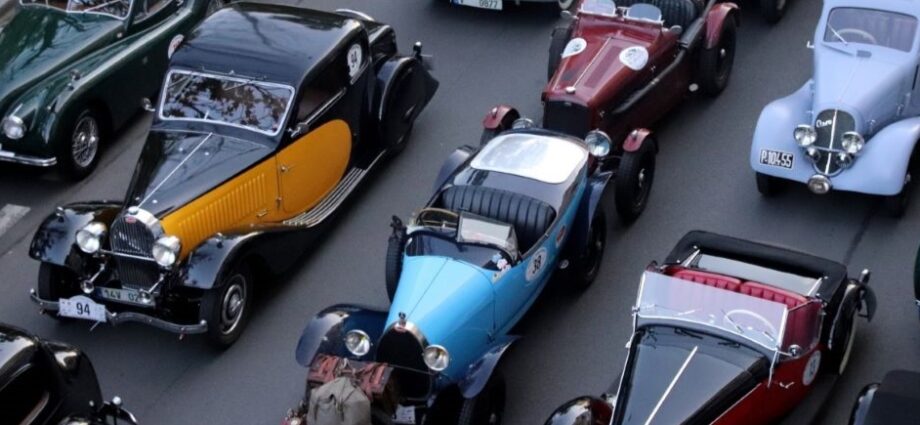Governments around the world are starting to change their attitude in recognition of the importance of preserving historic vehicles. But enthusiasts must work hard to ensure motoring heritage is protected without undue restrictions.
That’s the message to emerge from this year’s international symposium staged by FIVA (the Fédération Internationale des Véhicules Anciens or international federation of historic vehicles).
The event was hosted in Tirana by Retro Albania, the nation’s historic vehicle club, in recognition of the country’s remarkable motoring heritage. Delegates heard examples of how Albanian, French, Italian and Indian governments are all attempting to protect classic cars and motorcycles – but through different strategies.
FIVA is encouraging its global member federations to engage with their own legislators when new laws and regulations are being formulated; and asking them to work together across national borders, sharing ideas that work. Meanwhile, FIVA is taking inspiration from new historic vehicle clubs, such as Retro Albania, where younger people are expressing a fresh, new enthusiasm for classic cars and bikes.
Speakers at the symposium included: Lars Genild (Denmark), Gabriel Lecumberri (Spain), T R Raghunandan (India), Giuseppe Dell’Alversano (Italy), Laurent Hériou and Jean-François Ruchaud (both from France), Lamiaa Zinoune (Morocco), Dimitris Vernadarkis (Greece), Casey Maxon (USA) and Zerina Bruci, Sokol Duma, Blendi Gonxhja, Artan Lame and Sibora Xhemali (all from Albania).
Background
Albania has an unusually high number of historic vehicles of Russian and Chinese origin: a legacy of its isolationist policies during the Cold War era. The country’s former communist ruler Enver Hoxha had several Soviet ZIS limousines and Chinese Hongqis in his vehicle park. With car ownership exploding in Albania, where private cars were banned under Hoxha, the Albanian government is taking steps to preserve cars, trucks and bikes from the country’s dark past.
France has a list of 541 cars which are now classed as Monument Historique (historic monuments), alongside buildings and works of art. Its Ministry of Culture describes them as part of the nation’s cultural heritage and historic artefacts that need preserving and it’s offering subsidies and tax exemptions for restorers. It’s forbidden to export or sell these cars outside France. Owners need permission even to drive or exhibit them abroad; they are bound to maintain them in a good condition; and they require permission and guidance from the ministry before starting any restoration.
Italy is similarly attempting to protect its automotive cultural heritage and has begun by placing government restrictions on the sale and movement of the 79 cars in the Bertone Collection. Its Ministry for Cultural Affairs stepped in just before the collection of classic sports cars and prototypes was to go on sale at open auction.
India has labelled all cars built before 1960 as national treasures and there is a ban on their export. However, at the same time there is a move to introduce legislation making it increasingly difficult to own and use cars in public if they are more than 15 years old.
Comment
Retro Albania was set up under Blendi Gonxhja, Albania’s head of the General Directorate of Road Transport Services. He says: “Albania recognises the potential in historic vehicles for growing its economy. There is an opportunity to promote historic vehicle tourism, and an industry can be built around restoring old cars and motorcycles. It is to our advantage to celebrate our motoring heritage, so we have plans for a national auto museum.”
Commenting on the way forward, FIVA president Tiddo Bresters said: “It is great that historic vehicles in Albania are seen by authorities as a valuable cultural and economic factor. We can all learn much from this fresh approach by a cohort of younger enthusiasts.
“This symposium has brought to Albania experts, stakeholders and participants from around the world to discuss the significance of government policies in creating and safeguarding a future for historic vehicles. Clearly we must work, all together, even harder to present the enormous potential of our mobile heritage to our urban, regional and national governments.”









